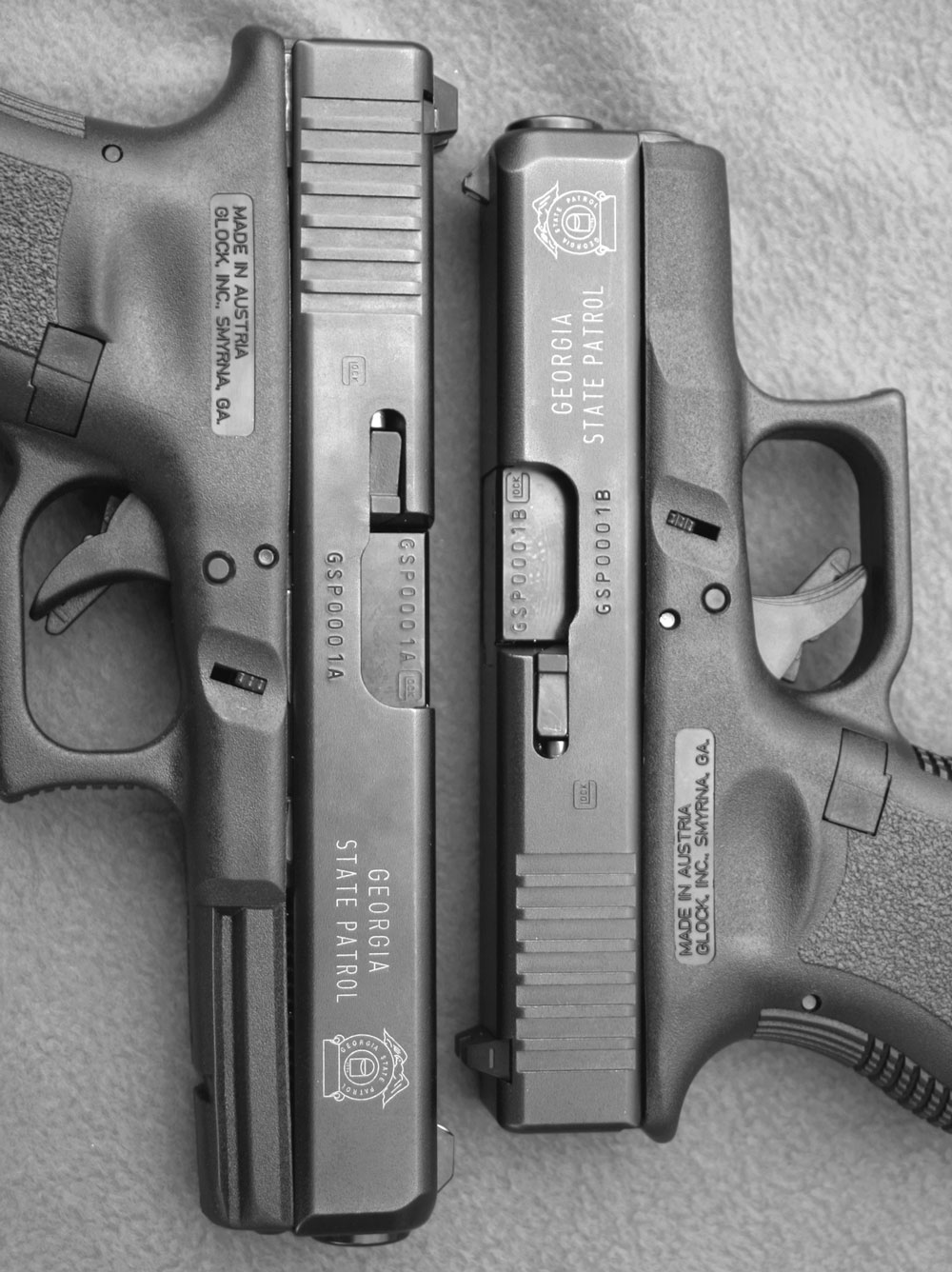

Where to Carry the Backup
Mirror image on the belt is how Hickok and Earp each carried their backup six-guns, with one accessible to each hand. However, neither man worried much about concealment of two full-size revolvers, and both made it a point to practice intensively firing with each hand. That is essential in this type of carry.
Strong side plus cross draw is quite popular. This is how Cirillo carried sidearms on the NYPD Stakeout Squad. The second gun in a cross-draw makes it readily accessible to the dominant hand, and also positions it where the weak hand can reach it in an emergency.
A shoulder holster is a form of cross-draw. Many cops (and armed citizens) over the years have packed their “second” in a shoulder rig. (In years past, it is believed, Earp’s friend and contemporary Dr. John “Doc” Holiday wore one Colt single action on his hip and another in a primitive shoulder holster of the period. John Wesley Hardin, perhaps the deadliest gunman of the Old Frontier, fashioned a leather vest that held a pair of revolvers in semi-shoulder holster position.)
A holster strapped to a concealed ballistic vest under the weak arm is a variation of the shoulder holster draw. It is extremely popular with uniformed police, but of course, only works if one happens to be wearing body armor. LAPD SWAT operators are issued two Kimber 1911 45 autos apiece. One is worn on a tactical thigh holster on the strong side, the other, attached to the heavy body armor in the chest area for a semi-shoulder holster type of access. This carry has also proven popular with some of our armed forces personnel in Iraq and Afghanistan at this writing.

![Best Concealed Carry Guns In 2025 [Field Tested] Wilson Combat EDC X9S 1](https://gundigest.com/wp-content/uploads/Wilson-Combat-EDC-X9S-1-324x160.jpg)


![Best 9mm Carbine: Affordable PCCs [Tested] Ruger Carbine Shooting](https://gundigest.com/wp-content/uploads/Ruger-Carbine-Shooting-100x70.jpg)
![Best AR-15: Top Options Available Today [Field Tested] Harrington and Richardson PSA XM177E2 feature](https://gundigest.com/wp-content/uploads/Harrington-and-Richardson-PSA-XM177E2-feature-100x70.jpg)
